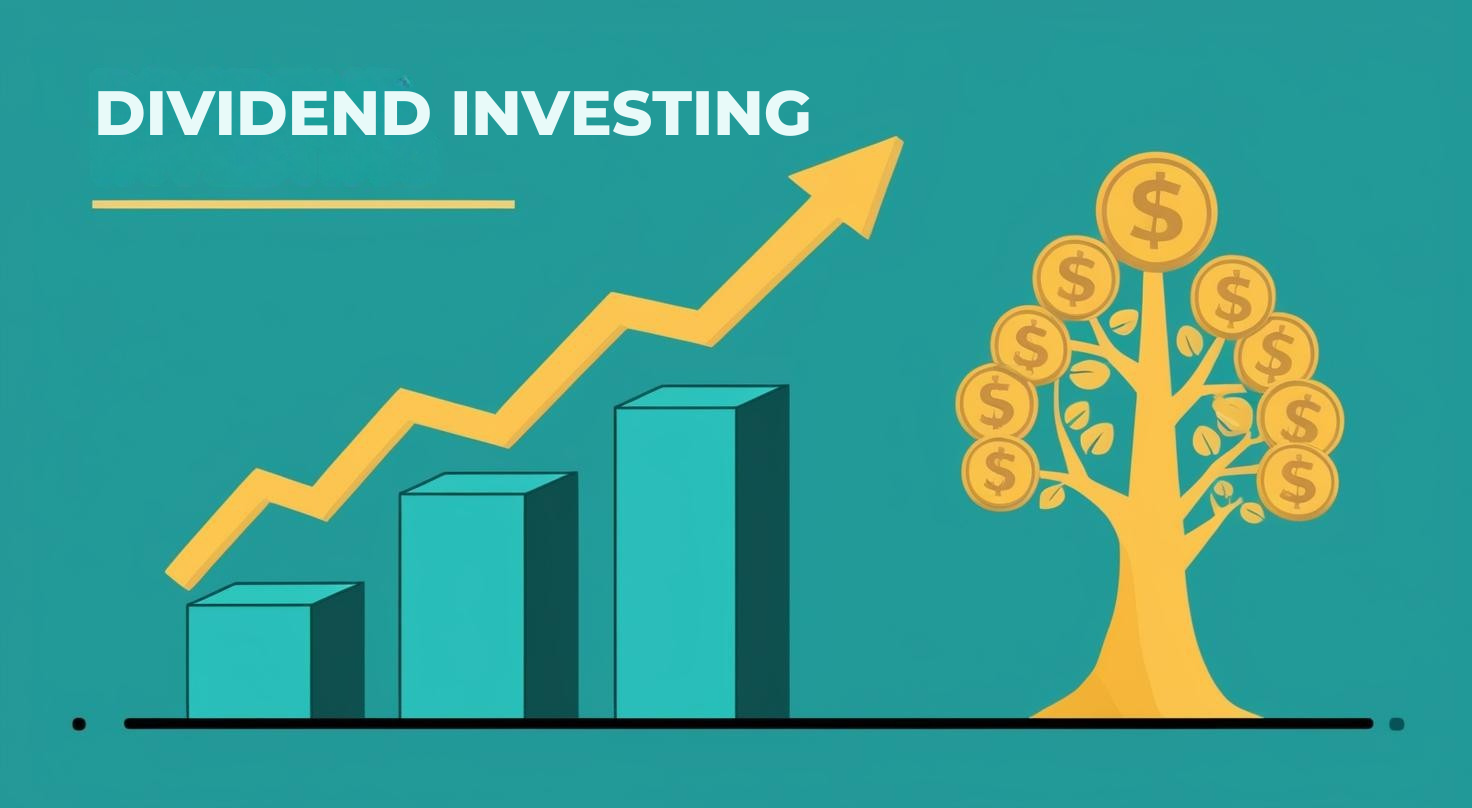NISM Certification Training
(24)+ Courses

Dividend investing is a popular strategy that focuses on investing in companies that regularly distribute a portion of their profits to shareholders in the form of dividends. It is an approach that appeals to both novice and seasoned investors seeking to create a steady income stream while also enjoying the benefits of capital appreciation. Unlike speculative trading, dividend investing emphasizes stability, long-term wealth creation, and consistent returns. This article provides an in-depth understanding of dividend investing, its numerous benefits, and practical steps to get started.
Dividend investing involves purchasing shares of companies that are known for paying regular dividends to their shareholders. These companies are often well-established, generating consistent revenue and maintaining robust cash flows. Dividends are typically distributed on a quarterly, semi-annual, or annual basis and can either be received as cash payouts or reinvested to purchase additional shares.
For instance, consider a company that pays an annual dividend of ₹20 per share. If you own 100 shares, you would earn ₹2,000 annually. If you opt to reinvest these dividends, you can purchase more shares, which in turn increases your future dividend income—a process that leverages the power of compounding to grow your wealth over time.
When companies earn profits, they have a choice to either reinvest the earnings in their business or distribute a portion of the profits to their shareholders as dividends. The amount paid out is determined by the company’s dividend policy, which takes into account factors like profitability, cash reserves, and long-term growth plans. Dividends are often measured in terms of:
Getting started with dividend investing involves careful planning and research. Follow these steps to build a strong dividend-focused portfolio:
While dividend investing is generally considered a conservative strategy, it is not without risks:
Dividend Cuts: Companies facing financial difficulties may reduce or eliminate dividends, affecting income stability.
Market Volatility: Even dividend-paying stocks can experience price fluctuations, impacting portfolio value.
Sectoral Overexposure: Overinvesting in high-dividend sectors like utilities can limit diversification and growth opportunities.
Tax Implications: In some regions, dividends may attract additional tax liabilities, reducing net income.
Rahul, a 40-year-old investor, aims to create a steady income stream for his future. He invests ₹10,00,000 in a diversified portfolio of five dividend-paying stocks with an average yield of 5%. This generates an annual income of ₹50,000. By reinvesting his dividends, Rahul’s portfolio grows significantly over the next decade, providing both increased income and capital appreciation.
Dividend investing is a powerful strategy for building wealth while enjoying regular income. By focusing on companies with strong dividend histories, reinvesting payouts, and maintaining diversification, investors can create a resilient portfolio that balances growth with stability. Whether you’re a beginner or an experienced investor, dividend investing offers a practical way to achieve long-term financial goals. Start today by researching reliable dividend-paying stocks and experience the benefits of this rewarding investment approach.
